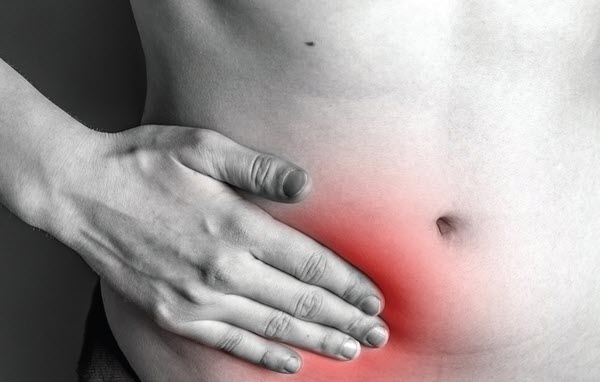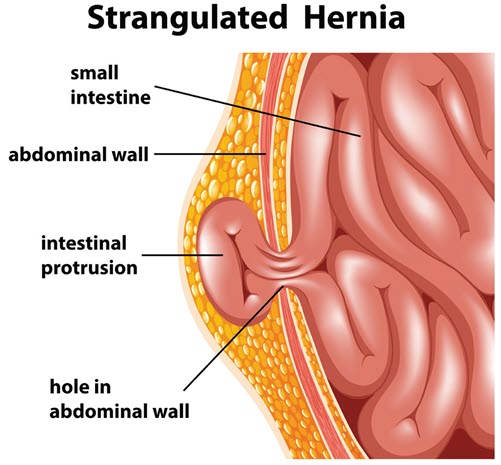Get Specific With 12 New Hernia Repair Codes
Ensure your provider documents recurrence, size, and more.
If your urologist performs hernia repair procedures with a general surgeon, you’ll need to review these must-have details on the overhaul of the hernia repair codes.
Skip These Deleted Codes
CPT® 2023 deletes 18 hernia repair codes for next year. You won’t need to change how you report inguinal, lumbar, or femoral hernia repair, but all other types are on the chopping block.
That means you’ll no longer report the following deleted codes for open hernia repair, beginning Jan. 1:

Nor will you use the following deleted codes for laparoscopic hernia repair next year:
“In place of these codes, CPT® 2023 bundles epigastric, incisional, ventral, umbilical, and spigelian hernia repair, whether open or laparoscopic, into a unified category,” says Terri Brame Joy, MBA, CPC, COC, CGSC, CPC-I, product manager at MRO in Philadelphia.
Instead, Use 12 New Codes
For any hernia repair in this new category of “anterior abdominal hernia,” you’ll report one of the 12 new codes. CPT® 2023 distinguishes these 12 new codes based on initial or recurrent, reducible or incarcerated/strangulated, and repair size, as follows:

“The hernia repair codes in this section are more frequently are used by general surgery. However, urologists may perform this procedure in connection with other urologic procedures especially with excision of hydrocele or spermatocele repair,” says Stephanie N. Storck, CPC, CCS-P, a urology coding consultant in Glen Burnie, Maryland.
“I am glad to see that the hernia codes are divided by the size of the hernia now and if they are reducible or incarcerated,” says Melanie Scott, CPC, CRHC, CPPM, CMPE, director of operations at Five Valleys Urology in Missoula, Montana. “However, I do believe this will actually help the general surgeon more than the urologist.”
Additionally: If your surgeon removes non-infected mesh during the anterior abdominal hernia repair, you’ll also have a new add-on code for that part of the procedure: +49623 (Removal of total or near total non-infected mesh or other prosthesis at the time of initial or recurrent anterior abdominal hernia repair or parastomal hernia repair, any approach (ie, open, laparoscopic, robotic) (List separately in addition to code for primary procedure)). Notes in the CPT® code book tell you to report +49623 with 49591-49622. For infected mesh removal, you’ll instead turn to +11008 (Removal of prosthetic material or mesh, abdominal wall for infection (eg, for chronic or recurrent mesh infection or necrotizing soft tissue infection) (List separately in addition to code for primary procedure)).
